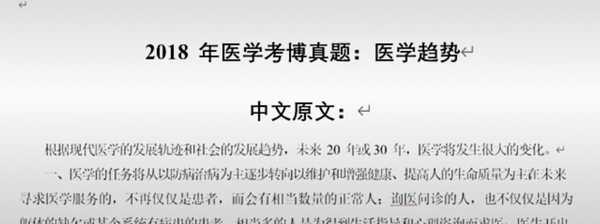Rise of On-Demand Nursing in China: Opportunities and Challenges
With China’s aging population and growing healthcare needs, on-demand nursing services have gained popularity through mobile apps, though the industry faces challenges in nurse supply, regulation, and platform sustainability.

The emergence of on-demand nursing services in China represents a significant shift in healthcare delivery, mirroring the convenience of food delivery apps but in the medical sphere. This trend has gained particular momentum since 2018, when China’s National Health Commission began promoting “Internet + Healthcare” services.
The growing demand stems from several key factors. China’s elderly population, exceeding 290 million by late 2023, has created an urgent need for accessible healthcare services. Many seniors with chronic conditions require regular medical attention but find hospital visits challenging. Additionally, working professionals seeking treatments like hormone injections or IV therapy often struggle to balance medical needs with busy schedules.
However, the reality of on-demand nursing differs from its promotional narrative. While some reports suggest lucrative earnings of over 10,000 yuan monthly, most nurses find the income comparable to hospital work. In Beijing, nurses typically handle 3-5 appointments daily, while in smaller cities like Changsha, they might only secure one appointment every few days.
The industry faces several significant challenges:
First, there’s a severe shortage of qualified nurses. China currently faces a deficit of approximately 4 million nurses, making it difficult to meet the growing demand for home services. The requirement for nurses to have five years of experience and senior technical titles further limits the talent pool.
Second, safety concerns persist for both nurses and patients. Female nurses report harassment incidents, while patients worry about service quality and liability issues. Some hospitals have addressed this by requiring nurses to carry personal accident and medical liability insurance.
Third, platform economics pose sustainability challenges. High platform fees drive both nurses and patients to bypass apps after initial connections, creating a cycle that threatens platform viability. Price differences are substantial - a basic injection costs around 200 yuan through platforms but only 120-130 yuan through direct booking.
Despite these challenges, the market potential remains substantial. The demand comes from multiple sources: elderly patients needing chronic care, fertility patients requiring regular injections, and aesthetic medicine clients seeking various treatments. This diverse client base suggests a robust future for the industry, provided it can overcome its current obstacles.
For the industry to thrive, several key improvements are needed: better insurance coverage for both nurses and patients, clearer regulations regarding home medical services, and more sustainable platform business models. These changes could help transform on-demand nursing from a promising concept into a stable, reliable component of China’s healthcare system.